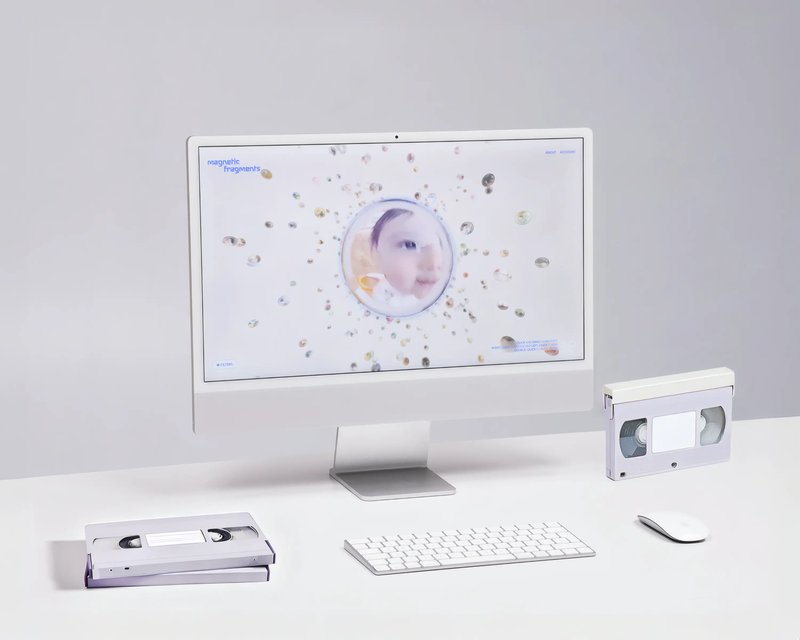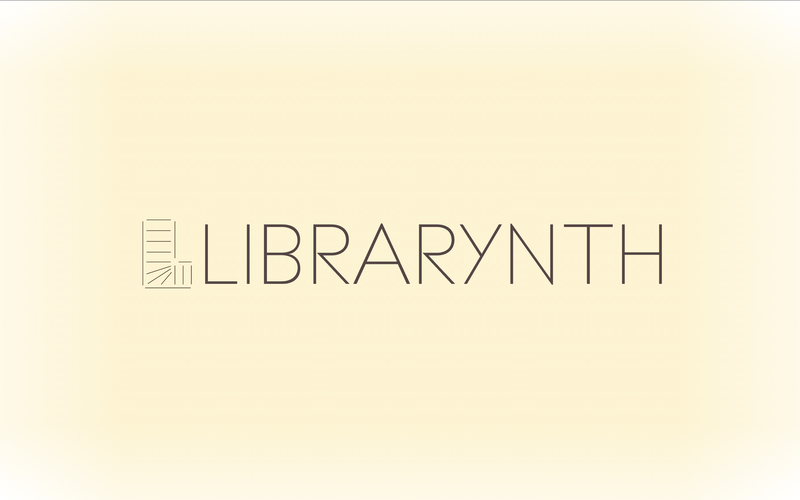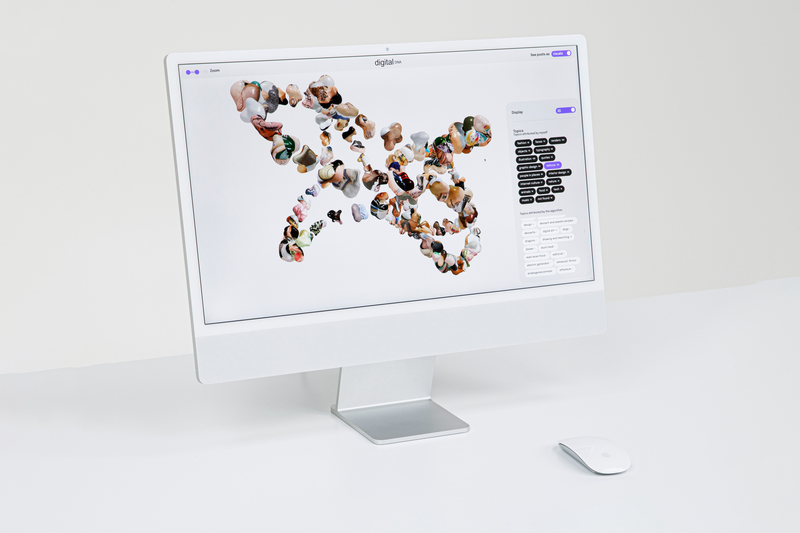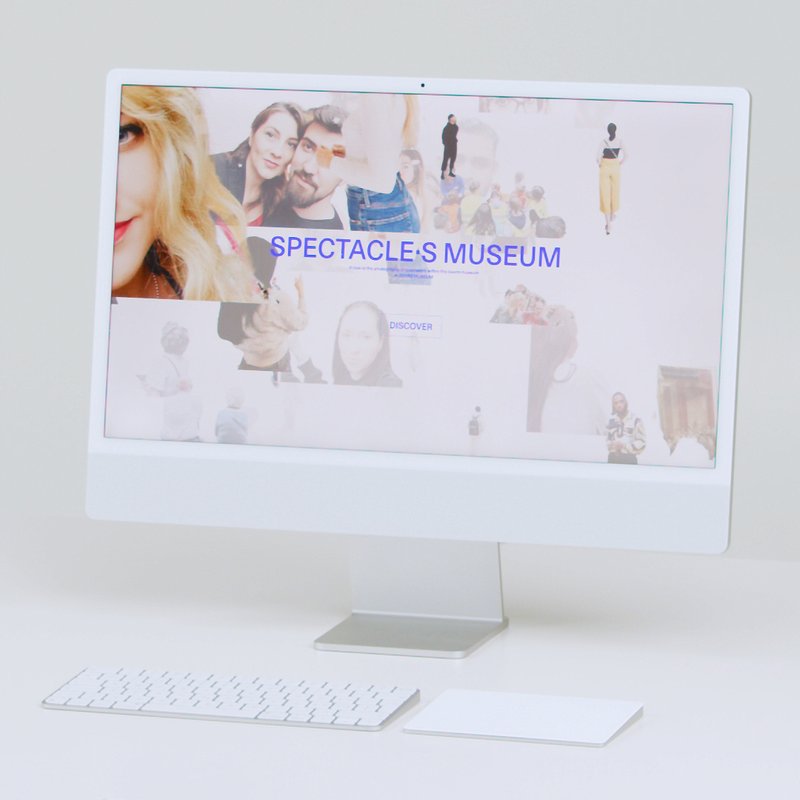
BA MEDIA & INTERACTION DESIGN
Achille Masson – Phone Archaeology
with Alain Bellet, Christophe Guignard, Gaël Hugo, Laura Nieder, Pauline Saglio
Phone Archaeology is an interactive installation that traces the evolution of mobile phones through my own experience. The project reveals a digitalised, speculated, and recovered private life, like traces of the past. This memory engraved in silicon that tends to be obsolete is the story of memories left behind every time we change phones. Research around Phone Archaeology brings to light a form of reflection on our data. The matter of data recovery is intrinsically linked to digital archiving and planned obsolescence. While the abstraction of a digital file may seem timeless, the imminent danger of losing even more digital memories forces us to rethink how we archive them. phonearchaeology.com






